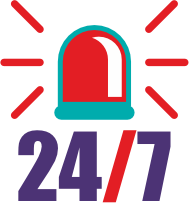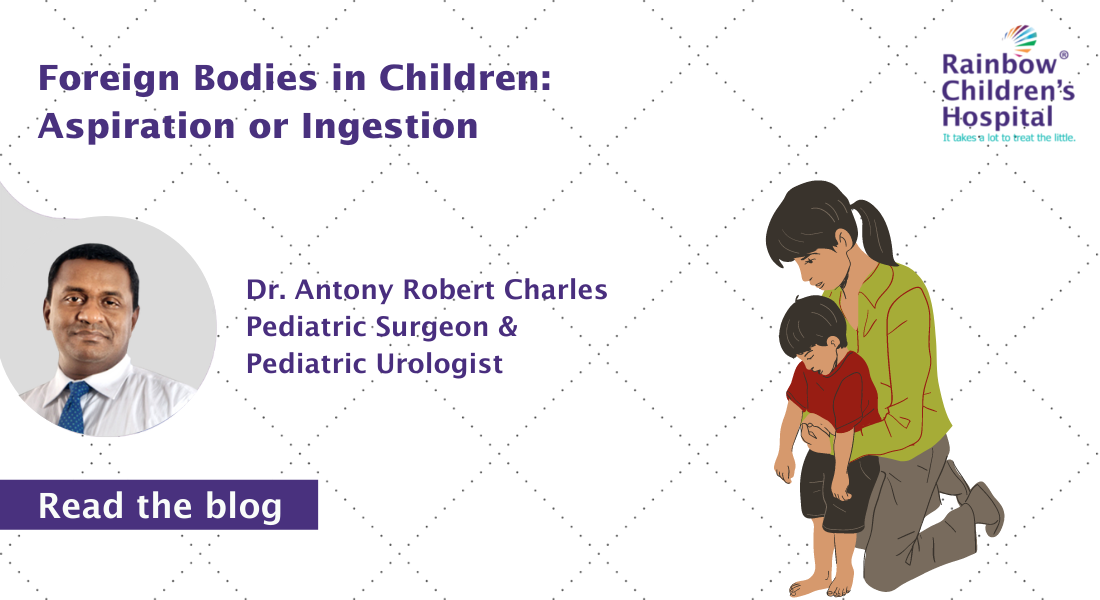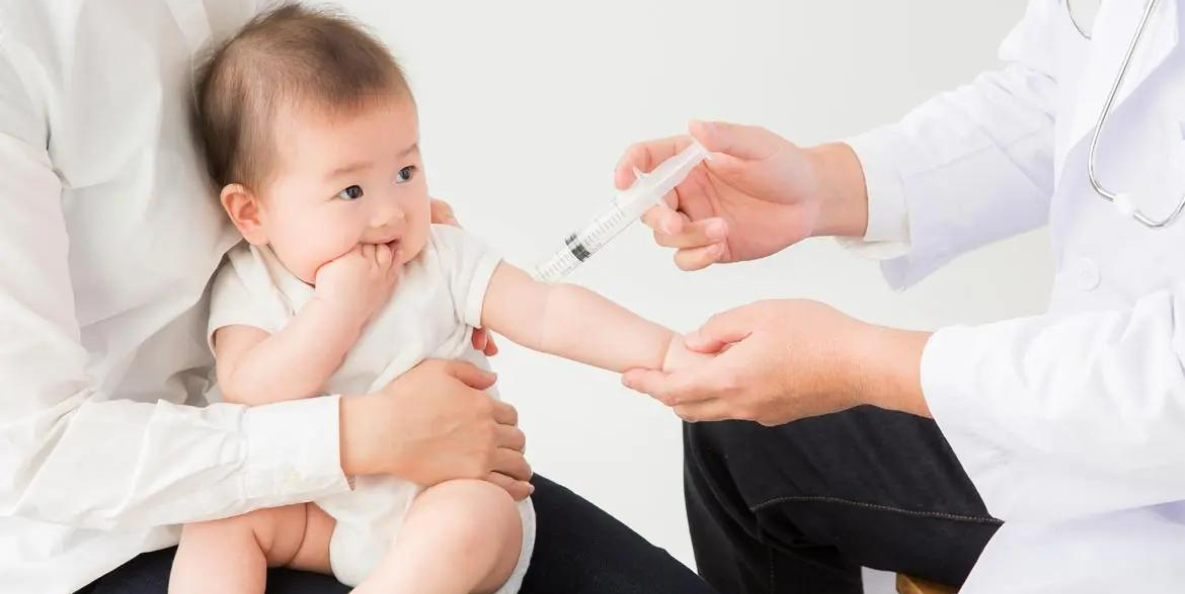Categories
Foreign Bodies in Children: Aspiration or Ingestion
Oct 18, 2022
Choking episode with increasing difficulty in breathing and cough, your child may be in need of urgent attention as it may be potentially life threatening to your child.
Foreign body aspiration is commonly seen in children less than 3 years of age. It may be worthwhile to note that only in 40% of the cases, the cause is known. In the remaining cases, the episode of choking may be missed or the child may be asymptomatic or only having symptoms of cough and fast breathing. Most often, children choke over nuts or other foods like green peas, other times they may choke on non-food items.
So if your child has any such symptoms, you may want to urgently visit a nearby hospital.
Diagnosis of this condition often only requires a detailed history and an X-ray of the chest. Rarely, a CT scan of the chest may be required. In cases where the history is not clear, the final diagnosis may require a bronchoscopy.
Rigid bronchoscopy is a procedure where a camera is inserted through the trachea, while visualising the entire airway looking for the foreign body. Once the foreign body is visualised, it can be removed using special instruments. This procedure is thus both diagnostic as well as therapeutic. Bronchoscopies are relatively straightforward, if done early after an aspiration event. The success rates worsen and the complications increase with time after the choking episode. Rarely, a more complicated surgery may be required for the removal of the foreign body.
Foreign body ingestion in children happens when the child swallows any object that is not digestible and is commonly seen in ages between 6 months and 3 years of age. Most foreign bodies pass harmlessly through the gut of the child, but if they are large or have sharp edges, then they can get lodged anywhere along the tract and cause an obstruction.Mechanical trauma can cause injuries which might be life threatening. Certain foreign bodies like batteries can open in the intestines and cause severe burns and poisoning.
Impacted foreign bodies cause symptoms of obstruction like vomiting, excessive drooling or salivation, pain or difficulty in swallowing, while button batteries have more complications due to the toxic substances that are released from the batteries.
Immediate treatment is required in case of an impacted foreign body in the pharynx, esophagus or stomach or for high-risk objects such as button batteries, multiple magnets or sharp metallic objects.
Treatment comprises endoscopic removal of the foreign body in which a camera is passed through the esophagus and using instruments the foreign body is retrieved. At times, the foreign body is beyond the reach of the endoscope. Or if there is some evidence of damage to the intestines, then it becomes necessary to perform a surgery. The foreign body is retrieved and the damaged portion of the intestines is repaired. This is usually done with the help of laparoscopic surgery (keyhole surgery), but an open surgery may also be needed in some cases. This is more common if there is delay in treatment after the foreign body ingestion. Often, children who have had button battery ingestion require follow-up in order to look for long-term complications.











